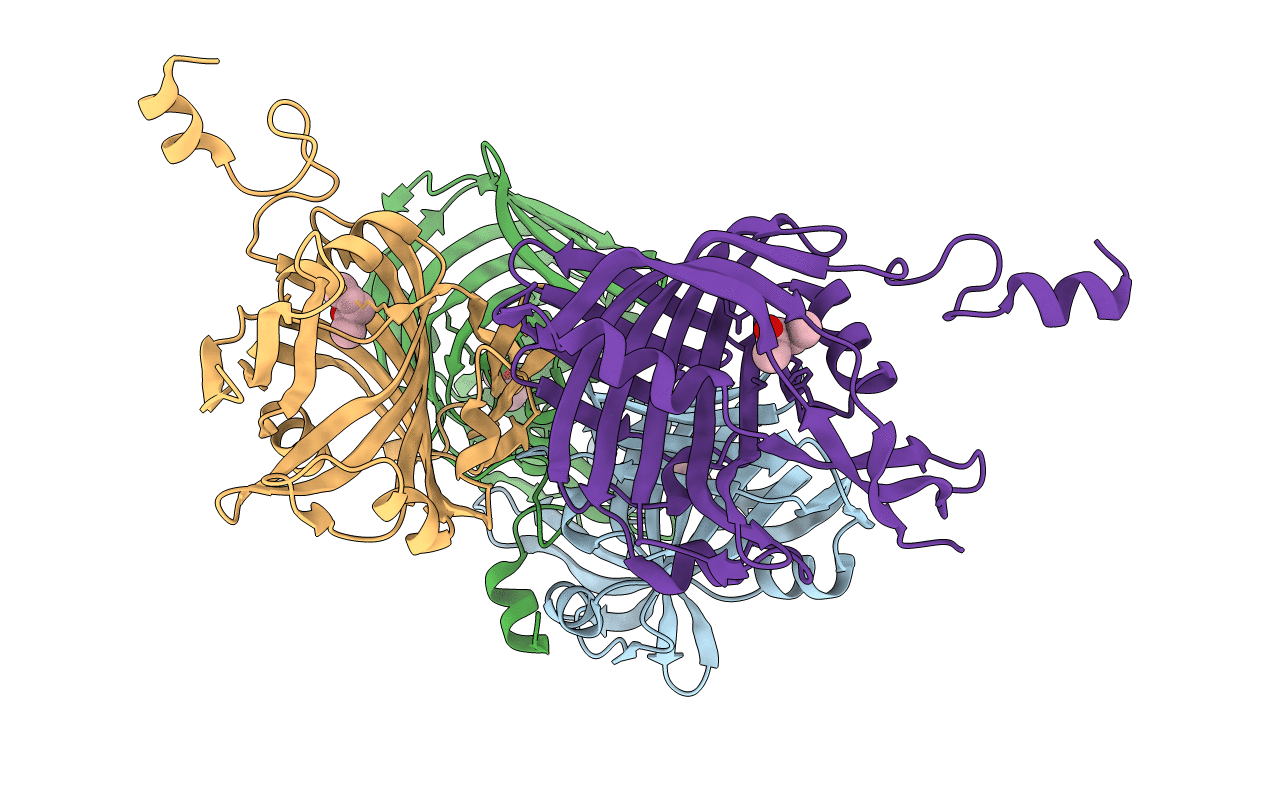
Deposition Date
2007-11-27
Release Date
2008-12-23
Last Version Date
2024-10-16
Entry Detail
PDB ID:
3BH3
Keywords:
Title:
Crystal structure of acetoacetate decarboxylase from Chromobacterium violaceum in complex with acetyl acetone Schiff base intermediate
Biological Source:
Source Organism:
Chromobacterium violaceum ATCC 12472 (Taxon ID: 243365)
Host Organism:
Method Details:
Experimental Method:
Resolution:
2.10 Å
R-Value Free:
0.25
R-Value Work:
0.19
R-Value Observed:
0.19
Space Group:
H 3


